|
The Last Garden In The Kingdom, Winter 2019 Visited by Ford Madox Brown Isabel Archer Derek Jarman Harry Ross and Helen Scarlett - O'Neil And Dominic Grieve Acrylics, pencil and pastel, 80 x 57 inches
2 Comments
The Squalor of Wheatstone on Screen, 1975 Pastels, 80 x 57 " 2019 The Whole Scheme Represents A 21st Century Slum, 1975 Pastels, 82 x 58 " 2019 Two drawings from the past or are they storyboards for a future film? I never can quite tell about the journey of an art work and how it might be transposed or riffed upon once it leaves the studio. But what is the backstory? Over the past decade, I've had the unique privilege and challenge of working on art projects that have documented the vibrancy, celebrated the architectural history and explored (or exposed) "regeneration" that has impacted on estates in North Kensington. My mainstay has been Silchester Estate where I found my feet, had a studio flat and made my first deep connection with residents. I thank them for the support and creativity they have shared with me over the years. The projects at Silchester include: Latymer Mapping Project (2012-13) in collaboration with group+work, V&A Museum Artist in Residence (2014-15) and Art For Silchester (2018-20). I have also had a "career" defining sojourn at Lancaster West Estate and Grenfell Tower (2015-16). And this year, I have been welcomed on the Wornington Estate to assist in making a film called The Wornington Word - A People's History of the Wornington Estate as the estate is being completely knocked down and replaced by a new housing development called Portobello Square. I recently came across two archive documents from 1975. First up, a newspaper clipping titled The Squalor of Wheatstone on Screen. This has inspired the narrative drawings above that flow down on the left channel. "Stark shocking facts of appalling housing degradation and deprivation that is now a way of life for many North Kensington residents has been dramatically illustrated. The scene was a gathering of Wheatstone tenants who were witness to a video recording of the squalor and health hazards that most of them knew only too well. A 20-minute documentary revealed the decaying state of the Wheatstone area - infestations of germ-carrying mice, dilapidated ceilings, rotten 'death-trap' flooring and overspill urine running down the walls. The screening of the insight into the ghetto land was made by the Wheatstone Residents' Association who borrowed video equipment in a bid to speed up and nudge the Council into redeveloping the area. This was the aim and purpose of Mrs Leq-Roy's documentary who did not only the production but the interviewing as well; a disturbing but professional chronicle of life in Wheatstone which any T.V. company would have been proud of." Secondly, illustrating the right hand channel drawings, we have an RBKC Council Environmental Plan note. This was written at the same time as Mrs Leq-Roy's film is being screened. It conveys the thoughts of the council representatives who are overseeing the Murchison Road Development that will become Wornington Estate. "Herewith are a set of drawings for Murchison Road showing the way Chapman Taylor have modified the scheme following Committee's comments. Could I have your obs. please. My own views are that... the whole scheme still represents a 21st century slum." "Having had the unique opportunity of being able to view a finished block, it should be obvious that it is an architectural disaster and to repeat this form all over North Ken will be a Planning Disaster!" It should be noted that in the narrative drawings we have Mrs Leq-Roy filming a mouse-ridden cooker as a "seven-year old girl drug addict - so badly affected by the conditions that she was hooked on sleeping pills" is trying to sleep under a line of damp clothes. In the companion image, we have the lead architect of Wornington Estate, Jane Durham (1930-2019), with her vision of the estate, being challenged by the builders and the council. This might be a first. Residents make a campaigning film to have their houses demolished and built as part of the estate redevelopment. At the same moment, members of the council are stigmatising the estate being built as an architectural disaster, a slum in the making. Such an irony - only in North Kensington, I hear some locals mutter! If it still exists, I would really like to track down and screen this film made by residents in 1975. Can anyone help me? If successful, this would be the third film I've unearthed from private archives or collections and brought back to the community of North Kensington. In 2010, I got permission from John Laing to use excerpts from Western Avenue Extension (1970) in my film, Flood Light and the Laing film about the building of the Westway has now been added to the Westway Development Trust archive. In 2019, I contacted Robin Imray, to screen his wonderful short film made in 1974 about the campaign to save the bath and wash house on Silchester Road. This was screened as part of a curated programme at the Portobello Film Festival called Washing Dirty Linen In Public. We walk in the cracks of archives, buildings, institutions - where stories and films need to be reclaimed!
Last summer I had to put Glourie House up for sale.
The damp and decay could not be maintained. Empty rooms were haunted by ghosts, the ghosts of my ancestors. They don't seem to know how to act and are afraid to confront me. I can't stand hearing the squeak of their fearful, retreating footsteps. Never once have I heard their voice. An American tycoon had opened a golf course on the coast road. Sunk in a dram of whisky, I reluctantly sold him my ghosts. It's my last day to water the plants and have high tea. Brick by brick, the house and its contents will be stripped and shipped to the States. My ghosts are going to become part of an oldie worldie theme park, yahoo. Maybe next summer they will speak to others through me.
Drawing and words in creative response to The Ghost Goes West (1935), starring Robert Donat.
Glourie House For Sale (2019) 93x58" oil pastels
There is a voice behind the ghost and the silence of pictures: British film star, Robert Donat, 1905-1958.
Before we get to the voice, here are a few memorable facts about this now largely forgotten actor who was so highly acclaimed in his lifetime. A poetically inclined child, Robert would recite Shakespeare in the streets and on the trams of Manchester. "Oh there goes that funny boy again, saying those queer words." A rising star of the stage, he broke into movies with a rebellious laugh. Donate had a screen test for Men of Tomorrow (1932) but the director, Leontine Sagan, thought he was a terrible ham and caused the struggling actor to break down into peels of laughter at the futility of the test. Two days later the test was seen by the head of studio, Alexander Korda. He was so impressed with the jollity that he hired Donat on a three year contract. Breaking into movies isn't usually a laughing matter. Donat made one film in America, The Count of Monte Christo, but disliked the cultural experience, and never went back. Hollywood Studio executives chased him through the courts, but Donat struck a lucrative and unique deal to have high-budget films made in England, culminating in Goodbye Mr Chips (1939) for which he won his Oscar. Several generations of American actors recognised the subtle and charismatic charm of Donat's performances. Spencer Tracy sent him a postcard applauding his decision not to work in the States; otherwise us bums would all be out of business. And then Jack Lemon commented: "The best screen actor to me, without any frigging question, was not even Spencer Tracy, but Robert Donat. And what made him so good was that he always seemed to be acting in the first take of a scene. You have the feeling he has never said those particular words before. You should have the feeling that the film was shot in sequence, even if it wasn't. You should believe that the scenes were acted in chronological order, with no embarrassing little jarring discrepancies of emotion. Robert Donat had that, too – the wonderment that made us think those things were really happening to him." Vicky Lowe describes the appeal of Donat cutting across class boundaries: "Therefore, despite being categorised through his stage work as a classical actor, alongside the likes of Gielgud and Olivier, on film, there is a palpable difference in Donat’s aural presence. Whilst nearly all of the famous stage/screen actors of the 1930s came from a comfortable (usually Southern) background, Donat is a notable exception. Michael Sanderson has researched the parentage and place of education of famous actors of the time including Charles Laughton, Leslie Banks, and Laurence Olivier. All except Donat went to either private school, university or both. Whilst his image fits in with the rest of his peer group, his voice can be interpreted in terms of its difference to his peers. His voice in this country, therefore, was recognised as being beautiful without being necessarily classified as ‘posh’: classy rather than class – bound. Kinematograph Weekly explains Donat’s vocal appeal in this way: ‘In a country of so many dialects and empire markets, spoken English should be unplaceable. […] You cannot ‘place’ Robert Donat’. ‘The best speaking voices in the world’. Robert Donat, stardom and the voice in British cinema" Vicky Lowe, 2004 I want to bring this homage bang up to date. We in Little Old England have endured several years of political chaos in a desire to shift away from the European Union in the direction of new alliances struck with America and other trading blocks. To resolve our current stalemate, we are going to have a winter General Election and another intense period of party political sound biting and speechifying. It's interesting to note, that many of Donat's characters in the movies of the 30s and 40s, in the context of that turbulent political period, have memorable set-piece speeches to deliver: whether as a politician in the Houses of Parliament (The Young Mr Pitt); or as a legal big wig (The Winslow Boy); or in The 39 Steps as Richard Hannay, on the run for his life, seeking sanctuary in a lecture hall and having to deliver an impromptu speech about Scottish politics, grouse shooting and the fisheries. So as I listen to Conservative, Labour, Liberal, Brexit, SNP and other voices, I will filter them through to one exquisite moment in the film, Knight Without Armour. As we Brits bicker and fight to play a role on the world stage, perhaps we can rewind and take a leaf out of Dietrich and Donat in this Russian Revolutionary (shades of Zhivago) saga. Dietrich is an aristocratic prisoner of war. Donate is escorting her to a trial and an unknown fate. In this memorable scene they romantically bond over the poetry of Robert Browning contemplating how to live, laugh and love, moments before a Cossack attempts to slit their throat as the scene concludes. As a cautionary footnote, Knight without Armour, ends on a rather tame note. That doesn't really matter. We often don't succeed in threading together the complex narrative of art and politics. Last summer, you could fall in love with a film star and the fragility of performance and voice. |
Categories
All
Archives
May 2024
|



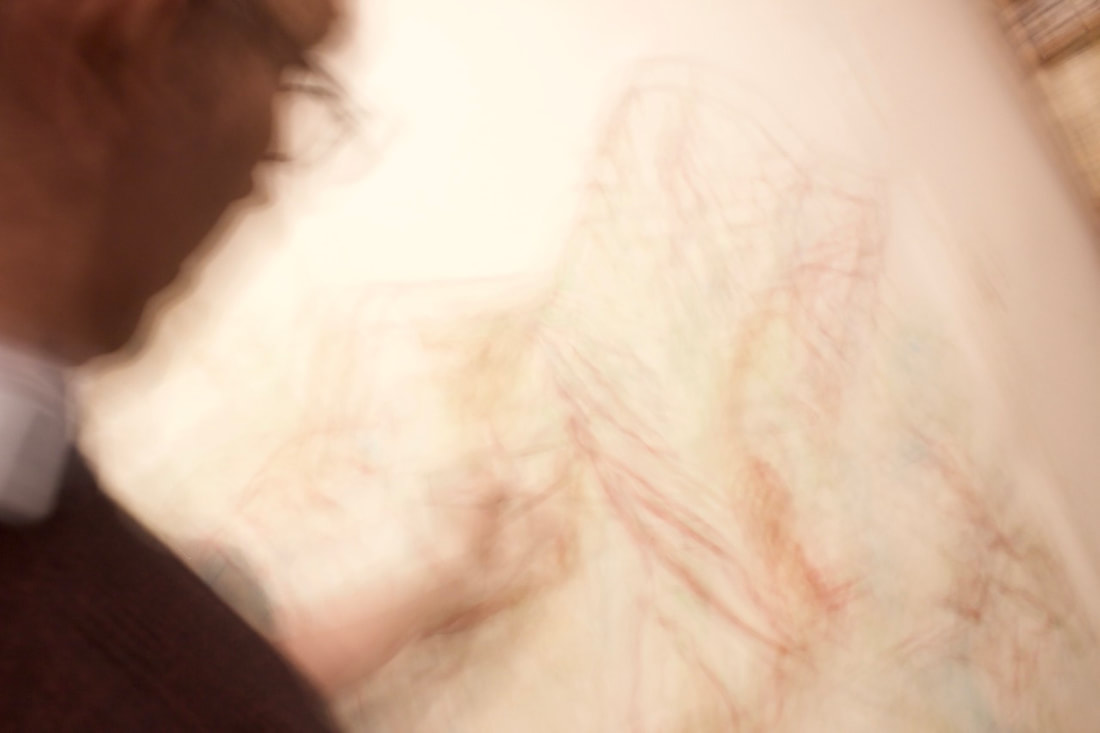
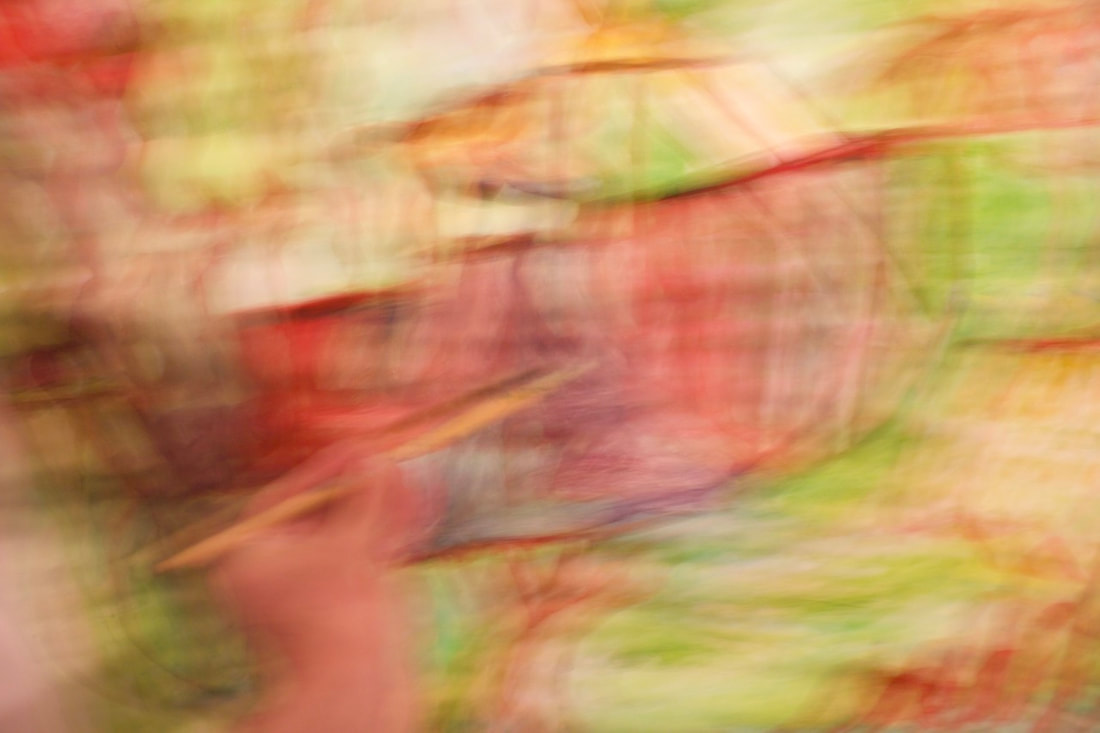
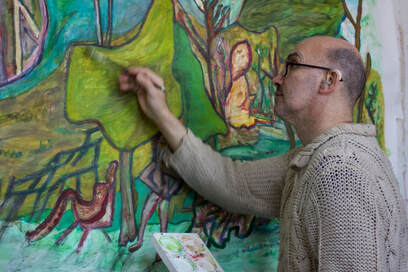
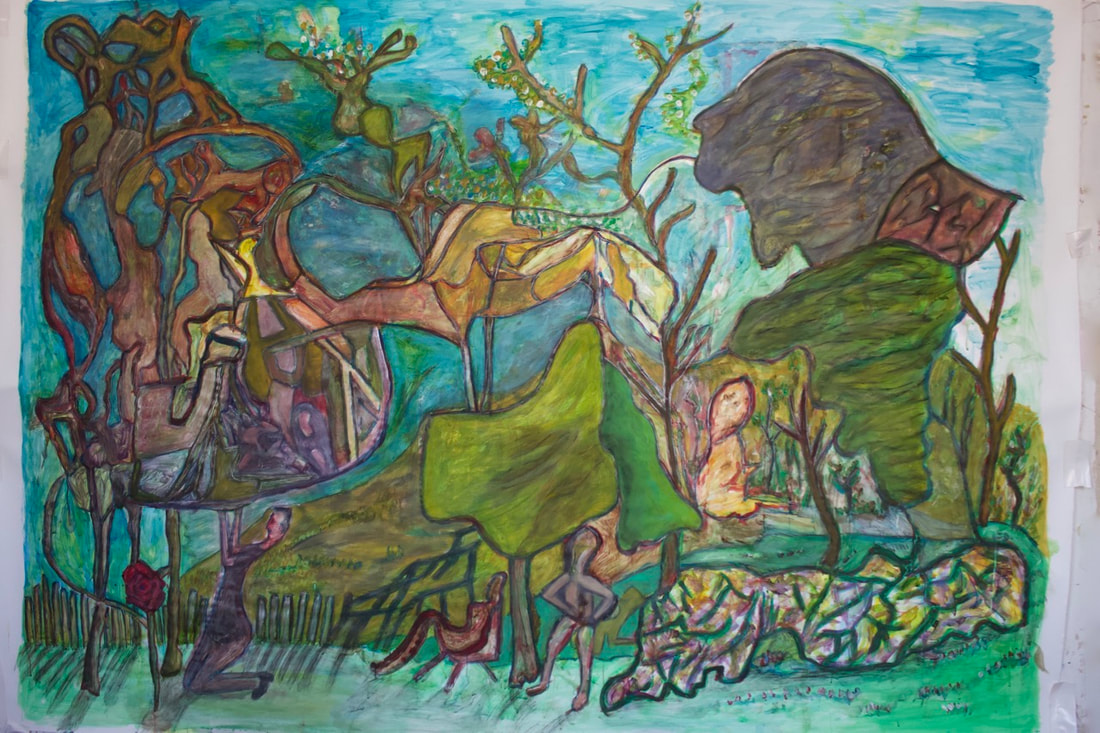
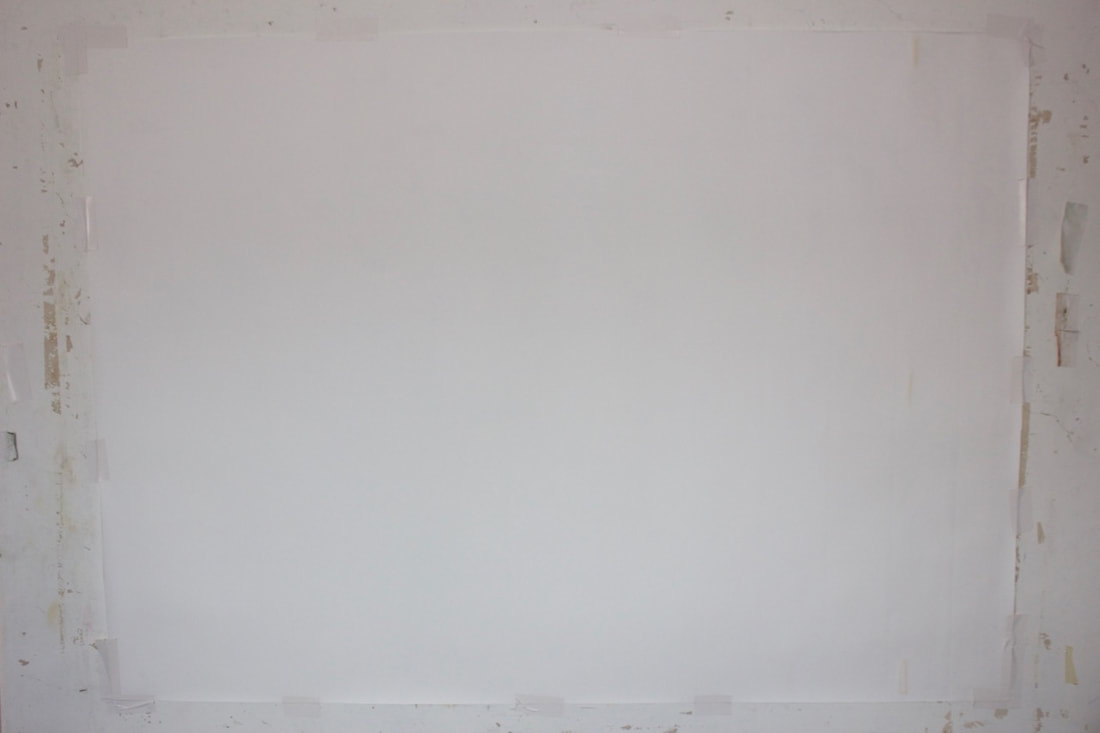
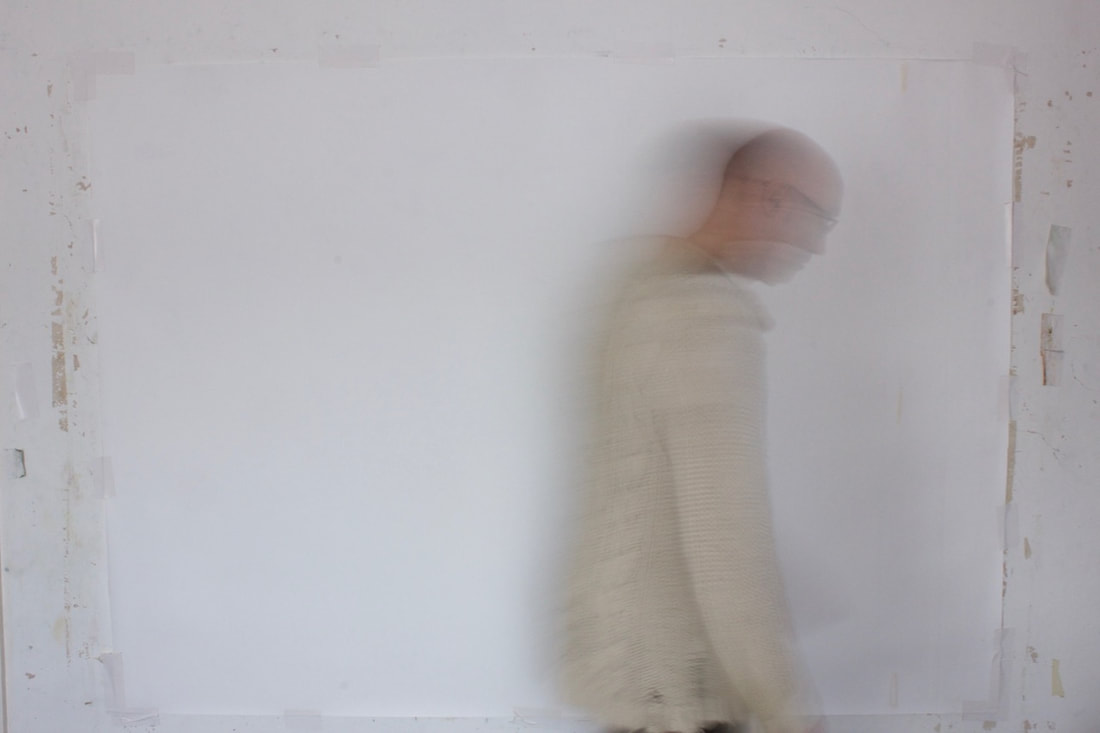
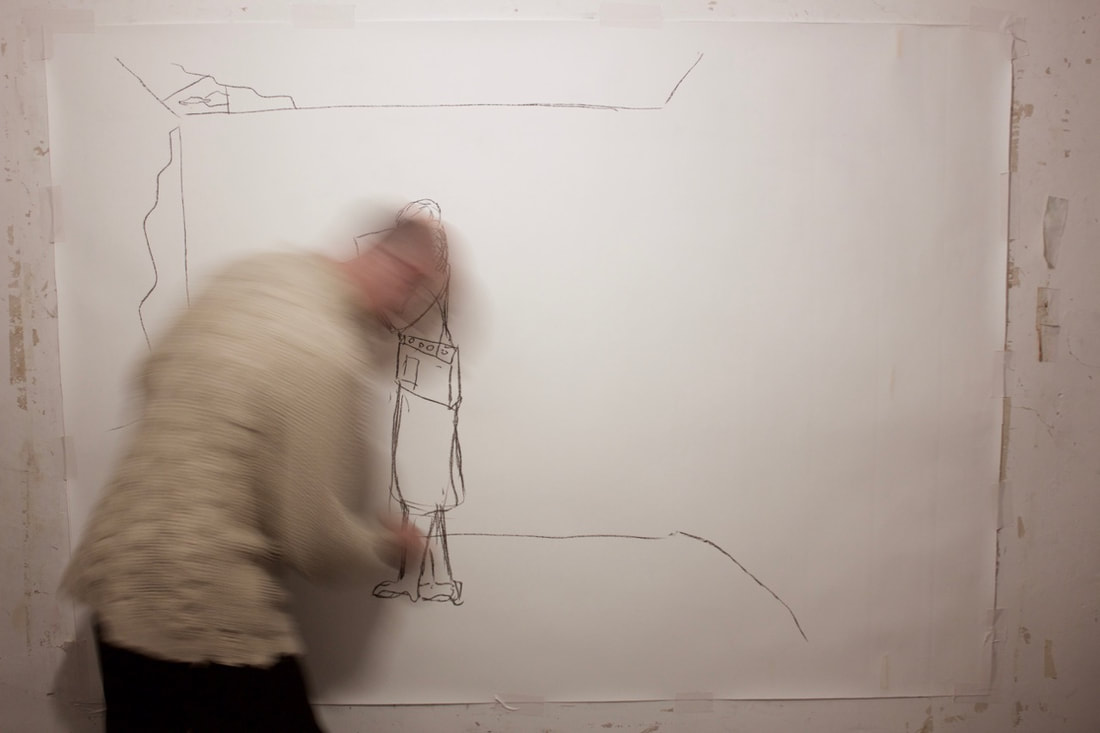
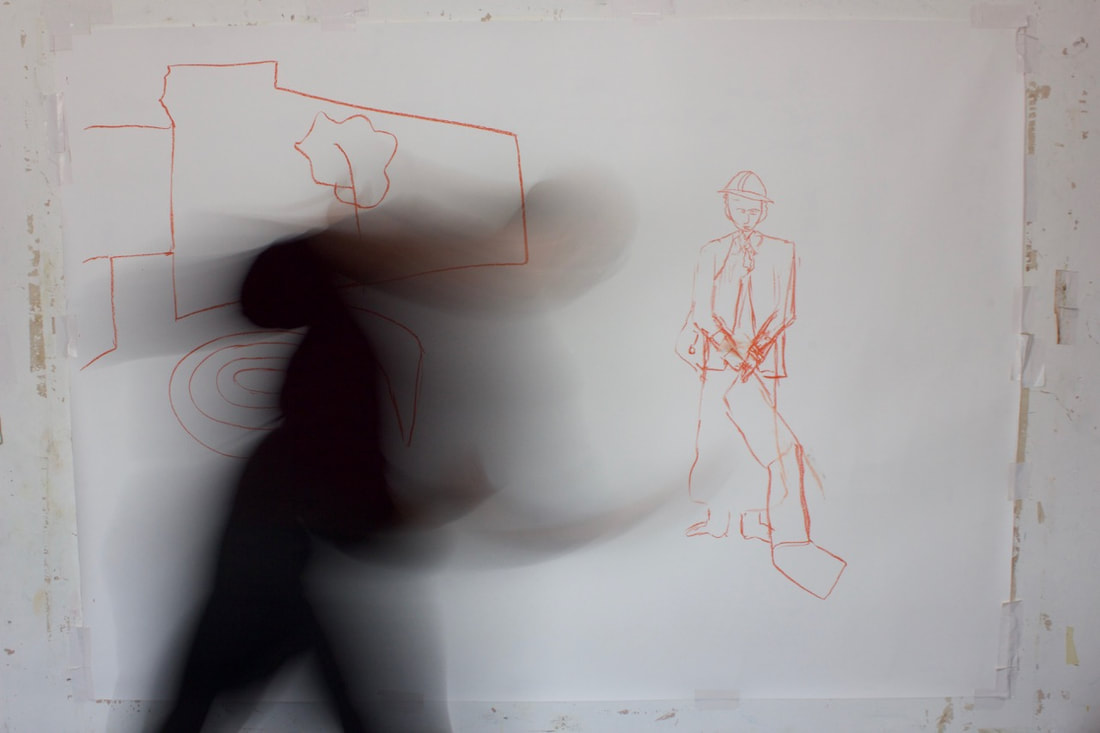
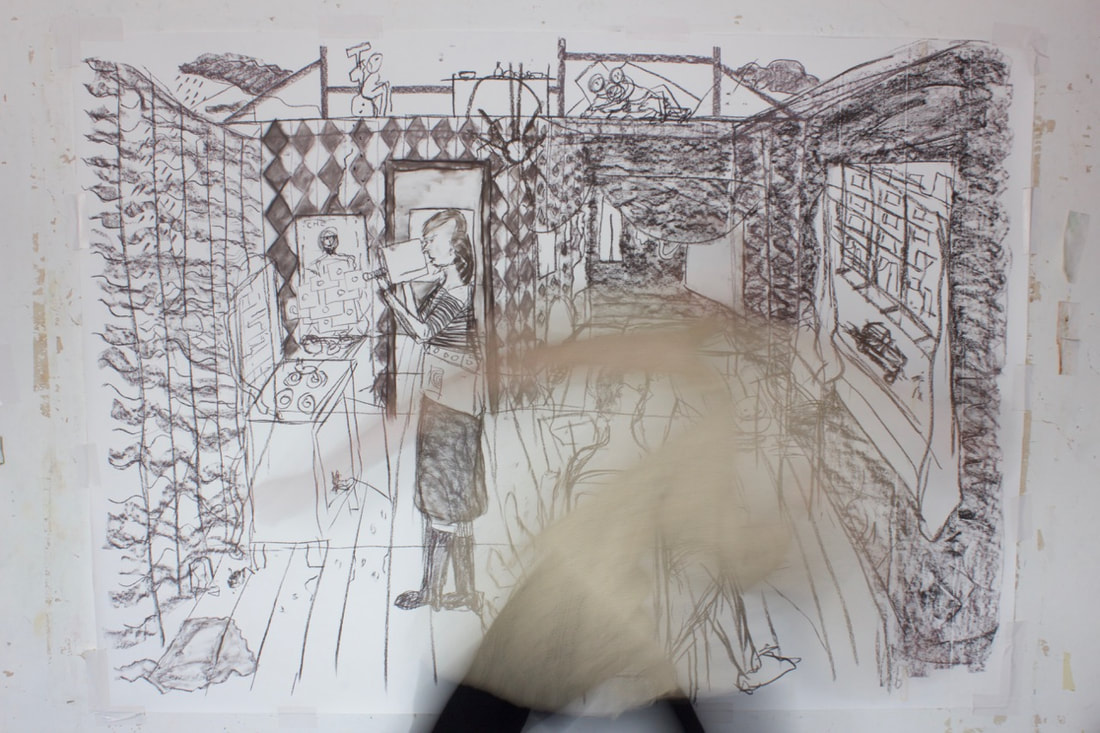
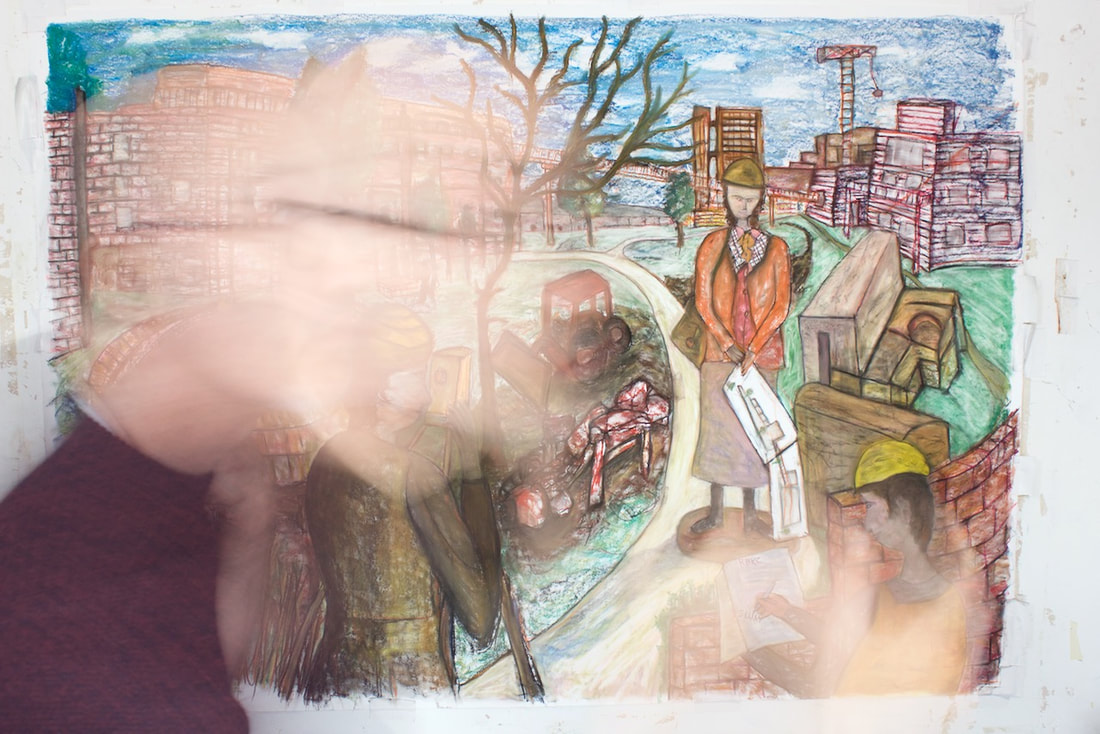
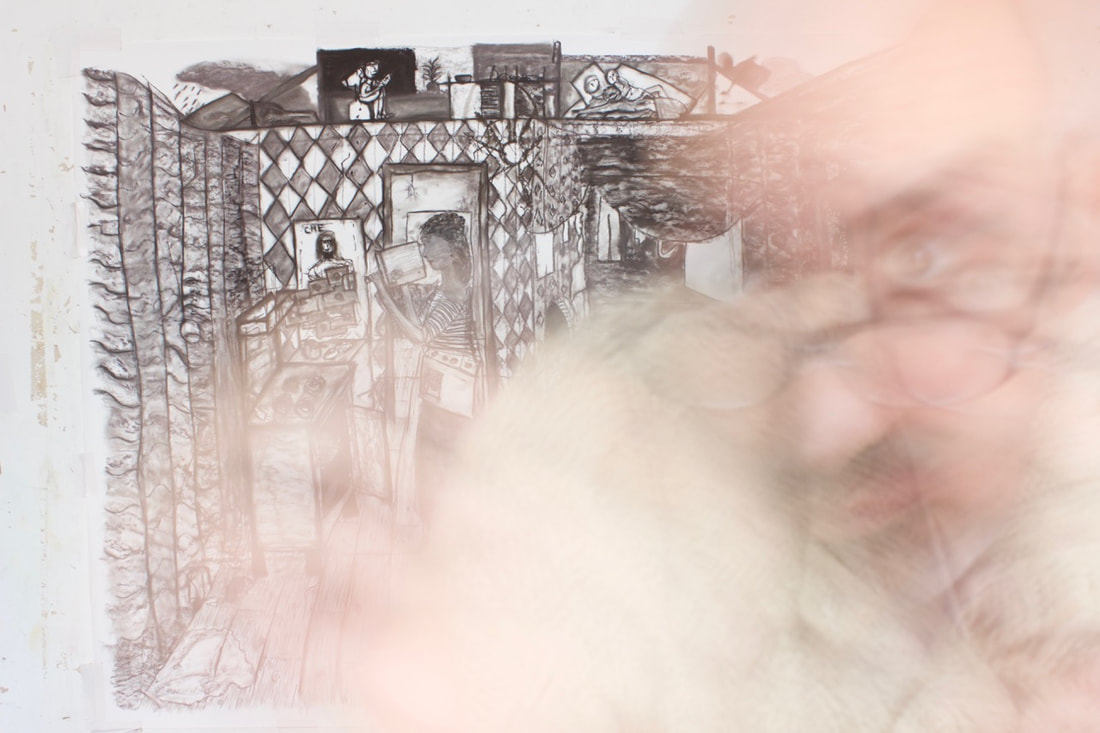
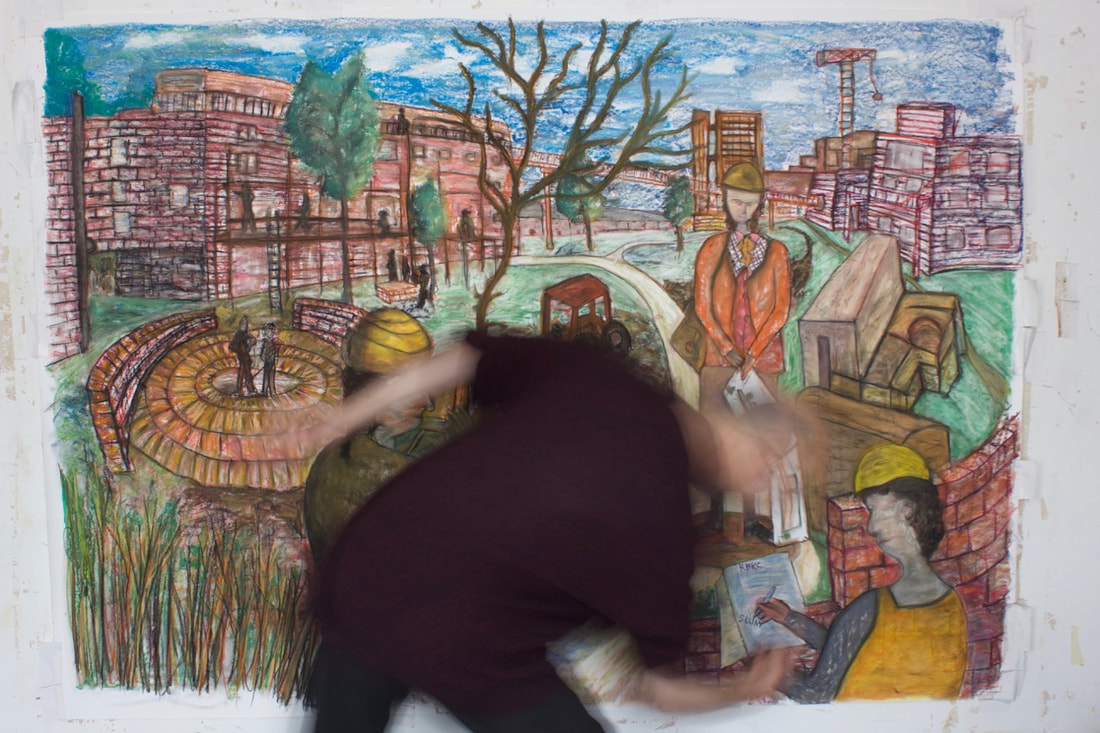
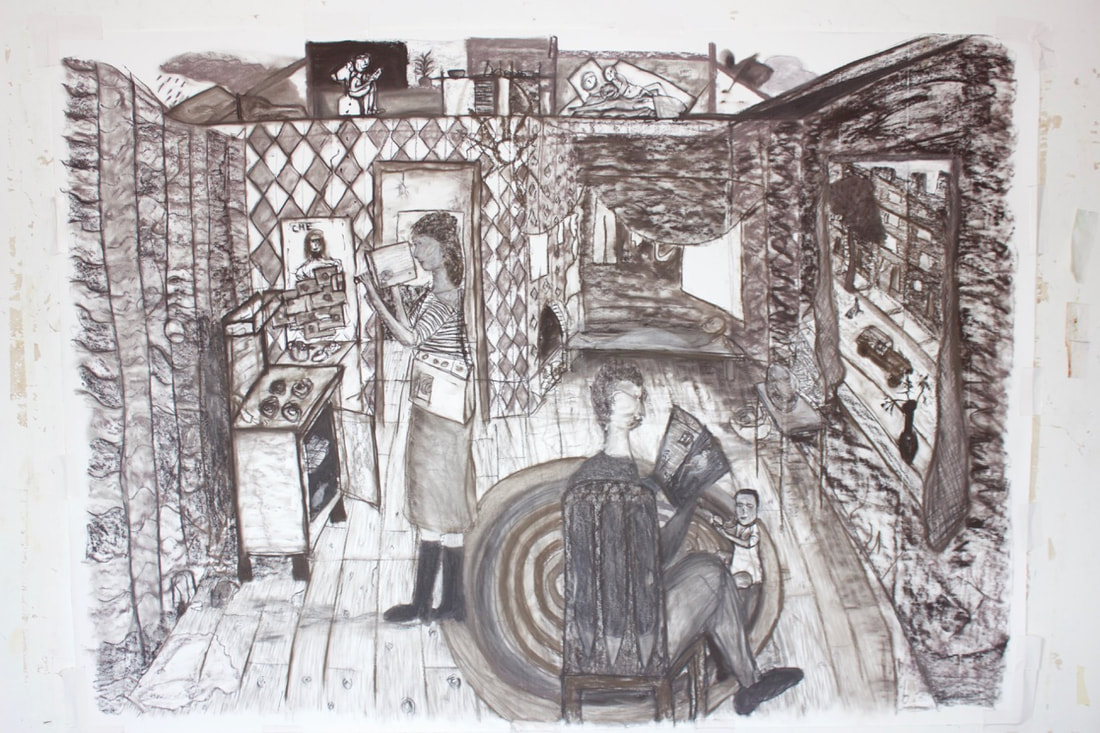
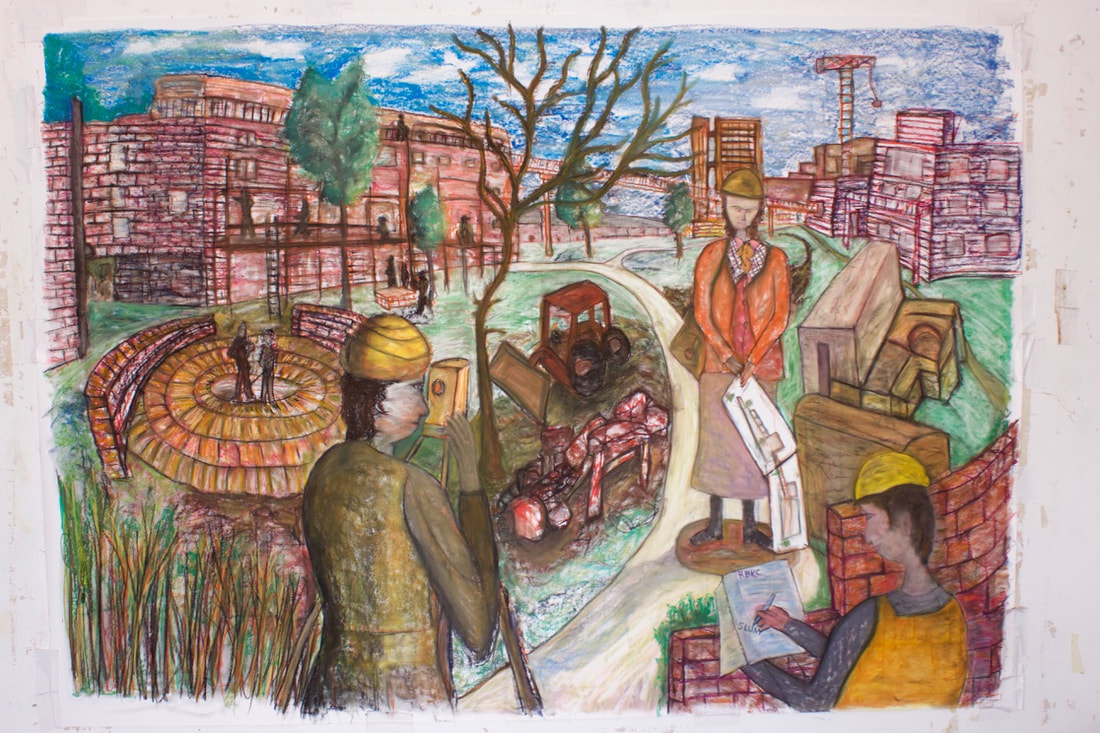
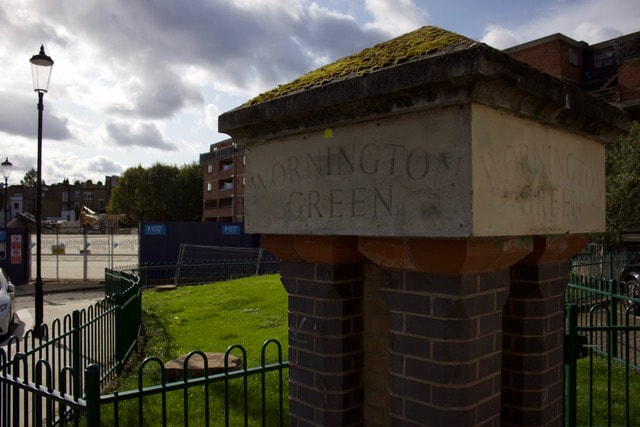
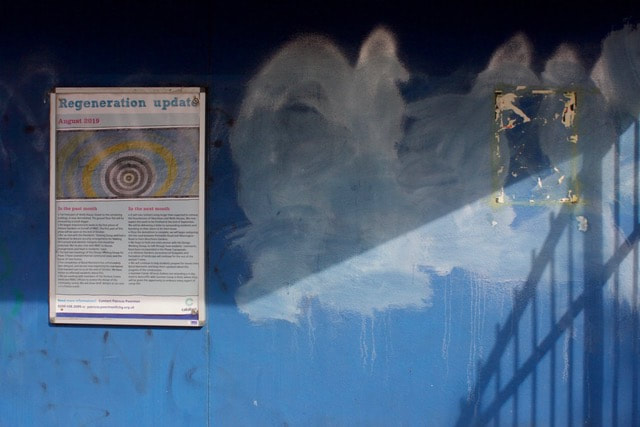
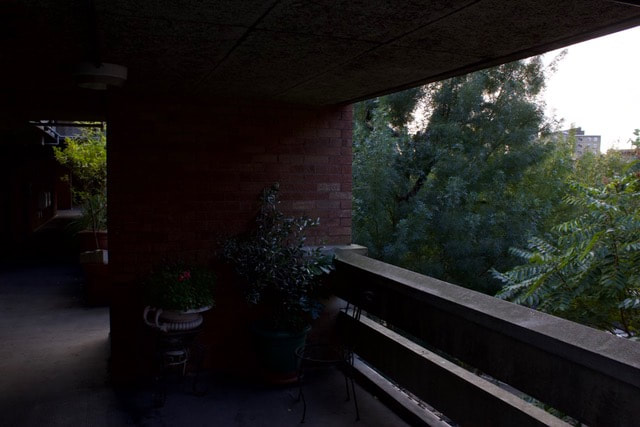
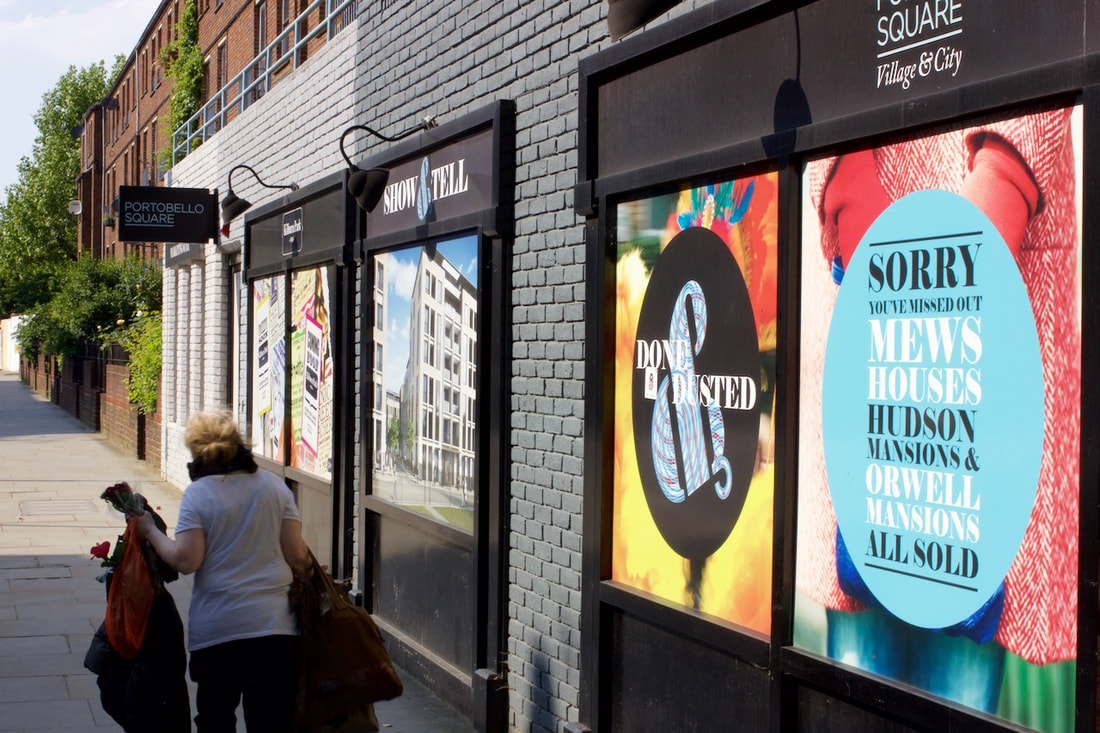
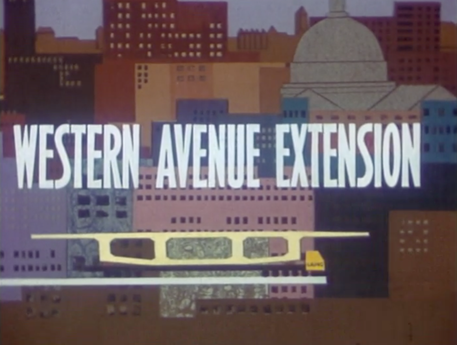
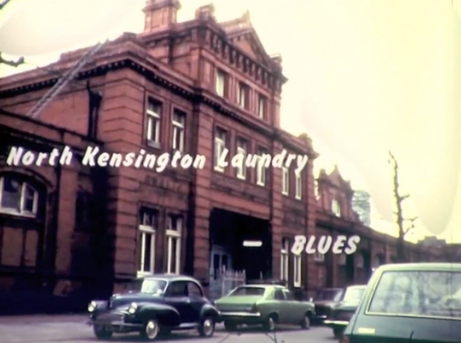

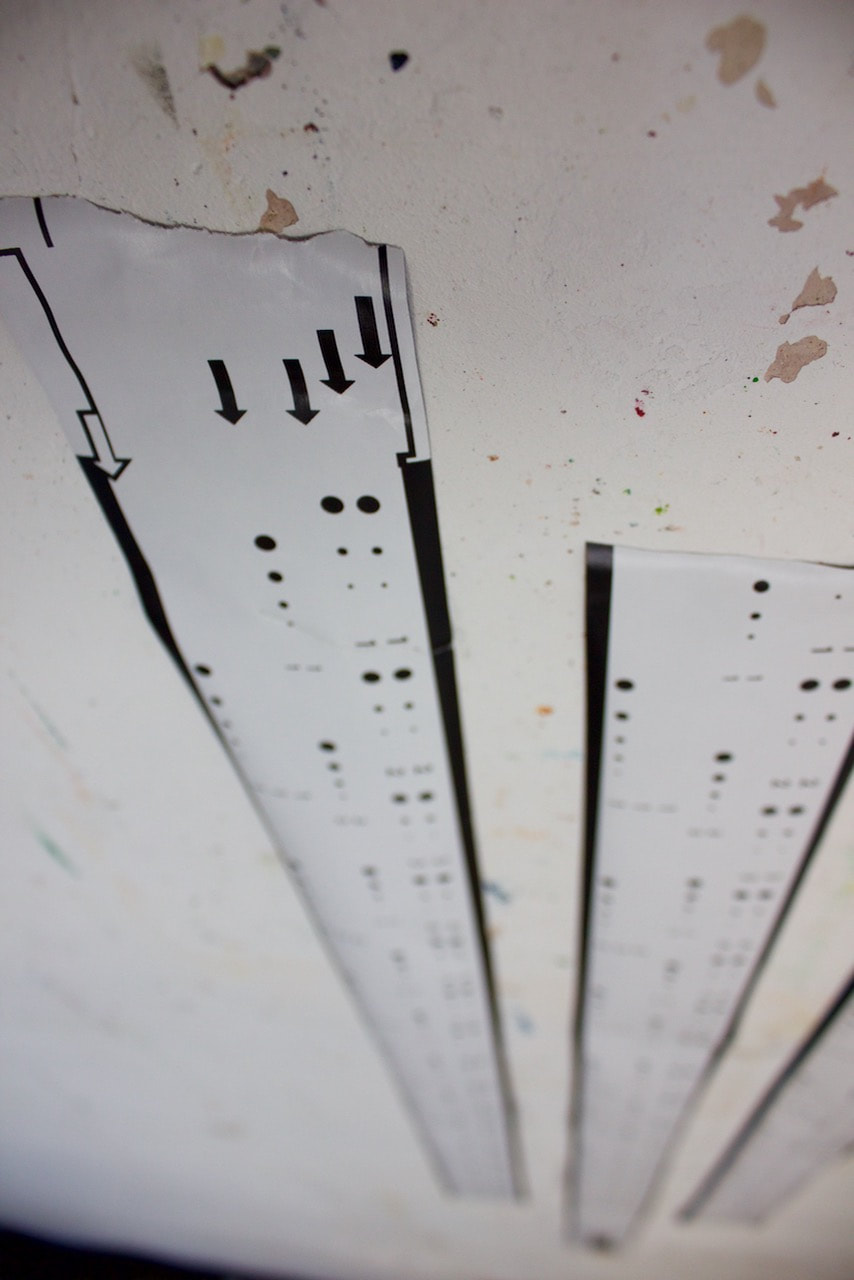


 RSS Feed
RSS Feed
